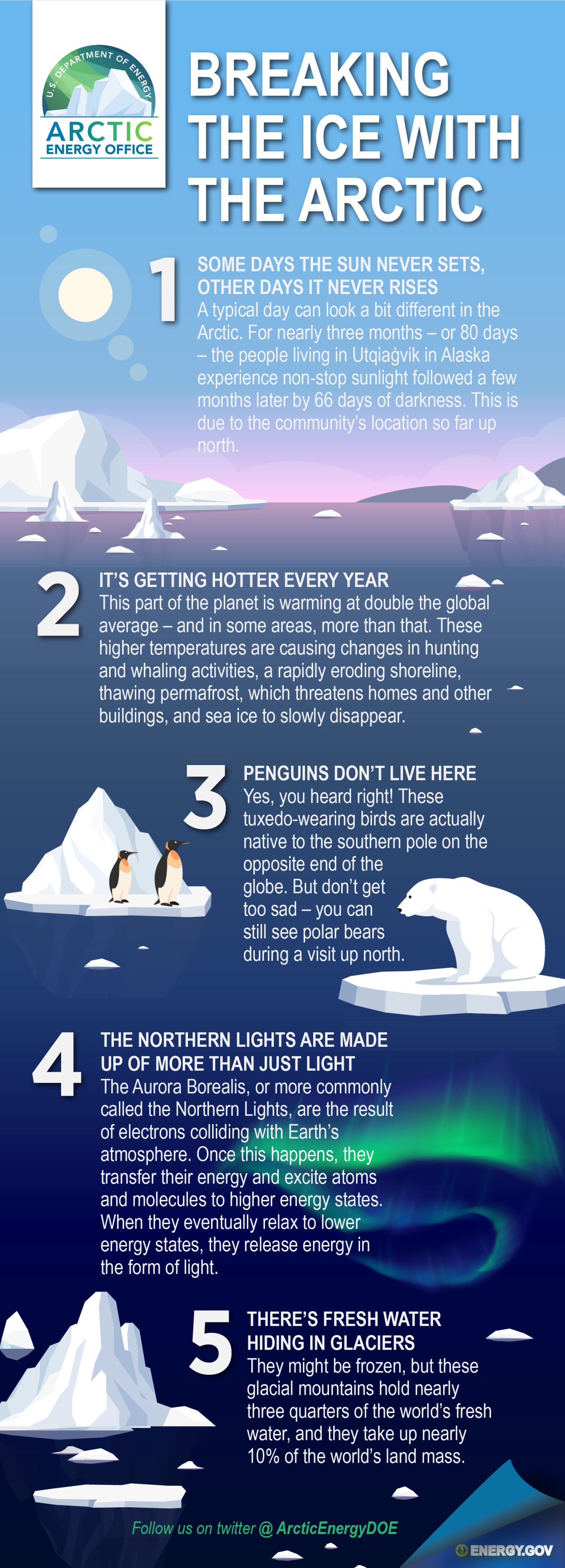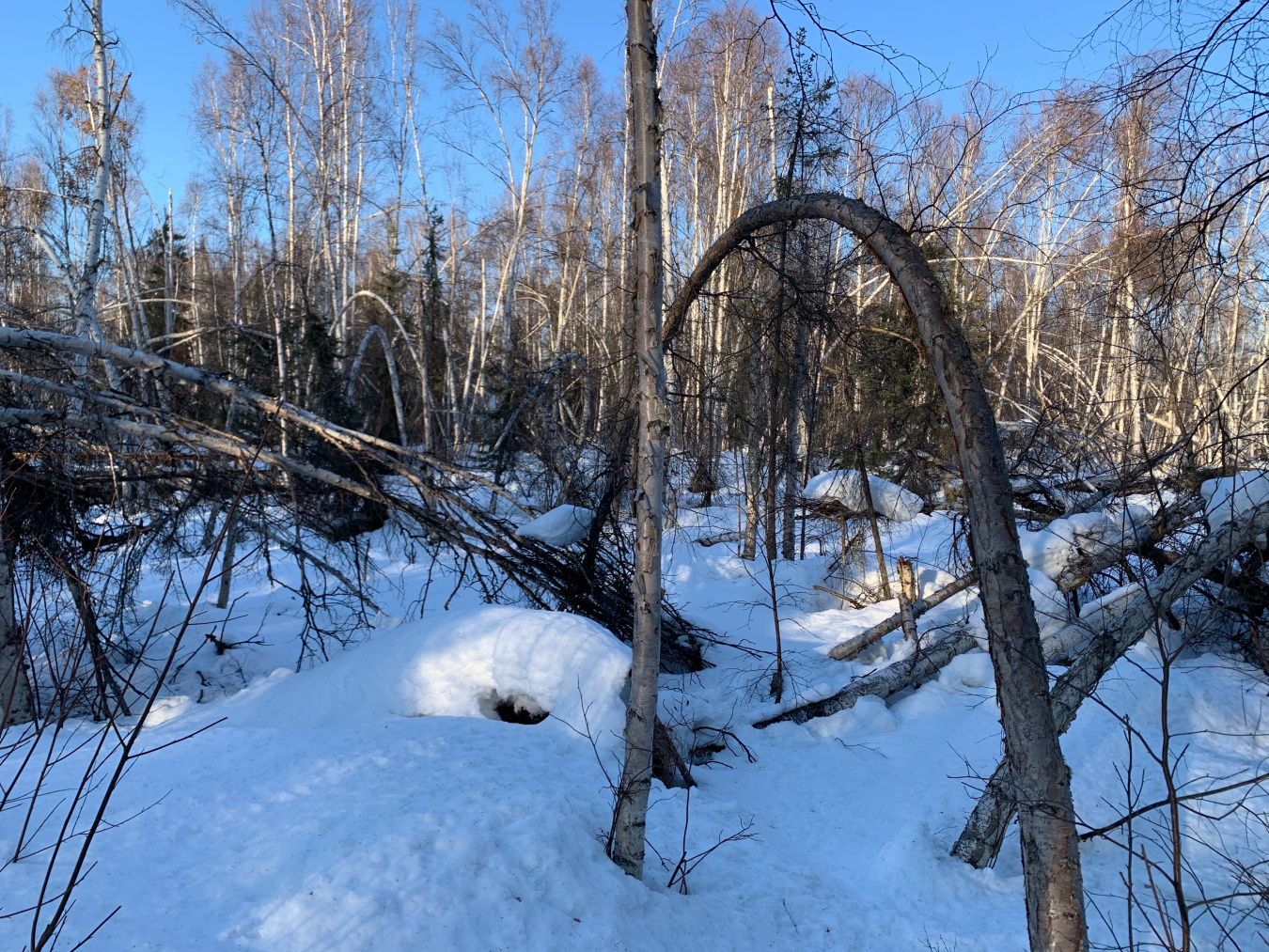When you think of the Arctic, what comes to mind? Tall glaciers? Polar bears? Mountains covered in snow? Well, you’re definitely not alone. Although this part of the globe might seem like a distant place to many Americans, it possesses a rich culture, a diverse group of people and beautiful landscapes that draw crowds from all corners of the globe.
In celebration of Earth Day, we want to share with you what makes the Arctic so special. So, look north and find out more about its vibrant history and ecosystems that make it one of the most unique areas in the world.

The Arctic is made up of more than just snow and polar bears
Eight nations, to be exact. It also includes more than 40 different ethnic groups. In fact, over 10% of the global Arctic is comprised of Indigenous people who have lived and inhabited the region for hundreds of years.
Some days the sun never sets, other days it never rises
A typical day can look a bit different in the Arctic. For nearly three months – or 80 days – the people living in Utqiaġvik in Alaska experience non-stop sunlight followed a few months later by 66 days of darkness. This is due to the community’s location so far up north.
Penguins don’t live here
Yes, you heard right! These tuxedo-wearing birds are actually native to the southern pole on the opposite end of the globe. But don’t get too sad – you can still see polar bears during a visit up north.
The Northern Lights are made up of more than just light
The Aurora Borealis, or more commonly called the Northern Lights, are the result of electrons colliding with Earth’s atmosphere. Once this happens, they transfer their energy and excite atoms and molecules to higher energy states. When they eventually relax to lower energy states, they release energy in the form of light.
There’s fresh water hiding in glaciers
They might be frozen, but these glacial mountains hold nearly three quarters of the world’s fresh water and they take up nearly 10% of the world’s land mass.
The Arctic is changing in size every year
It may seem hard to believe, but it’s true! The Arctic Circle shrinks up to 50 feet a year. This is because the earth’s axial tilt – which changes over time due to tidal forces linked to the moon’s orbit – is currently pushing the boundary north and reducing the size a tiny bit every year.
If you’ve ever participated in a snow sport without hurting your eyes, thank the Arctic
Raise your hand if you’ve used snow goggles to protect yourself from snow glare. People living in the north first created this handy eyewear from wood, walrus ivory and caribou antlers to prevent snow blindness, which is caused by overexposure to ultraviolet light. So, remember this part of the world the next time you go skiing or snowshoeing.

This region is rapidly changing
This part of the planet is warming at double the global average – and in some areas, more than that. These higher temperatures are causing changes in hunting and whaling activities, a rapidly eroding shoreline, and thawing permafrost, or the frozen layer of soil that undergirds much of this region. As permafrost thaws, not only does it release previously trapped greenhouse gases but the change also negatively impacts infrastructure, like buildings and roads, and natural systems, including water and vegetation. One example of this damage is “drunken trees.” No, they’re not really drunk. They’re just trees found all over the Arctic that have been displaced from their typical vertical alignment and appear bent or tilted due to thawing permafrost.
Have we piqued your interest? Do you want to learn more? Make sure to visit our Arctic Energy Office’s website at energy.gov/arctic/arctic-energy-office. You can also follow @ArcticEnergyDOE on Twitter for more information and updates.
